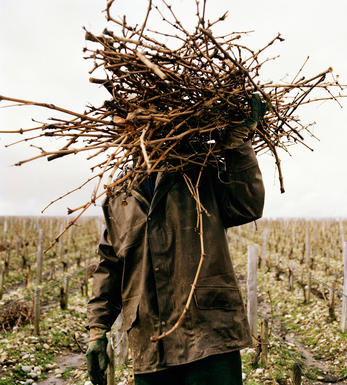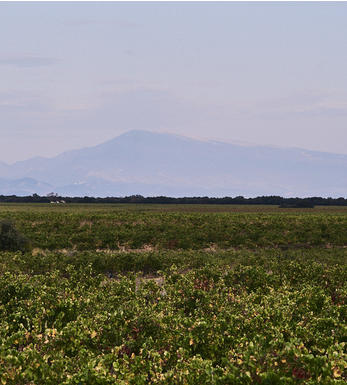
2012 Volnay Santenots, Jehan de Massol, 1er Cru, Hospices de Beaune

About this WINE

Hospices de Beaune
In 1443 Nicolas Rolin, Chancellor the Duchy of Burgundy began construction of the Hôtel-Dieu in Beaune, site of what was to become a charitable hospital now known as the Hospices de Beaune. Such charitable organisations need endowments to support them and across the years many donors bequeathed vineyards to the Hospices.
In 1859 for the first time the wines of the new vintage from these holdings were sold at auction. Now the hospices de Beaune wine auction is held on the 3rd Sunday in November every year, acting as major moment of Burgundian pageantry and the focal point for launching the new vintage. The Hôtel-Dieu only ceased to function as a working hospital in 1952, while the wines continued to be made and raised on site until the building of a new cuverie on the edge of the town in 1994.
In 2005 the bold move was taken to replace the local auctioneer with Christie’s , led by Burgundy wine expert Anthony Hanson MW. Barrels can be now purchased rather than multiple lots.
The cuvees take their names either from the benefactors, or from famous figures in the history of the Hospices over the last five centuries and more.
Jasper Morris MW, Burgundy Wine Director and author of the award-winning Inside Burgundy comprehensive handbook.

Volnay
The finest and most elegant red wines of the Côte de Beaune are grown in Volnay, a village which might be twinned with Chambolle- Musigny in the Côte de Nuits, for the high active chalk content in the soil and comparatively low clay content.
Whereas in earlier times Volnay was made in a particularly light, early drinking style, these days there are many producers making wines which age extremely well. The best vineyards run either side of the RN73 trunk road.- 98 hectares of village Volnay
- 115 hectares of Premier Cru vineyards (35 in all). The finest include Les Taillepieds, Clos des Chênes, Champans, Caillerets (including Clos des 60 Ouvrées) and Santenots in Meursault.
- Recommended producers: Lafarge, Lafon, de Montille

Pinot Noir
Pinot Noir is probably the most frustrating, and at times infuriating, wine grape in the world. However when it is successful, it can produce some of the most sublime wines known to man. This thin-skinned grape which grows in small, tight bunches performs well on well-drained, deepish limestone based subsoils as are found on Burgundy's Côte d'Or.
Pinot Noir is more susceptible than other varieties to over cropping - concentration and varietal character disappear rapidly if yields are excessive and yields as little as 25hl/ha are the norm for some climats of the Côte d`Or.
Because of the thinness of the skins, Pinot Noir wines are lighter in colour, body and tannins. However the best wines have grip, complexity and an intensity of fruit seldom found in wine from other grapes. Young Pinot Noir can smell almost sweet, redolent with freshly crushed raspberries, cherries and redcurrants. When mature, the best wines develop a sensuous, silky mouth feel with the fruit flavours deepening and gamey "sous-bois" nuances emerging.
The best examples are still found in Burgundy, although Pinot Noir`s key role in Champagne should not be forgotten. It is grown throughout the world with notable success in the Carneros and Russian River Valley districts of California, and the Martinborough and Central Otago regions of New Zealand.


Buying options
Add to wishlist
Description
This comes from 1.54 hectares in Les Santenots-du-Milieu (0.35 hectares), Les Santenots-du-Dessous (0.93 hectares) and Les Plures (0.26 hectares). Jehan de Massol, a descendant of one of the Hôtel Dieu’s first doctors, Augustino Mazzoli, bequeathed his art collection to the Hospices in 1669, at a time when funds were sorely needed, for which kind deed he is recognised in the title of this cuvée.
The wine displays an attractive pale purple colour, with a beautiful ripe pinot nose, explosive, sumptuous and glamorous. The dark red cherries are balanced by a fresh note of acidity, and a little tannin. It has excellent weight on the palate and no sign of the new oak in which it has been raised.
wine at a glance
Delivery and quality guarantee